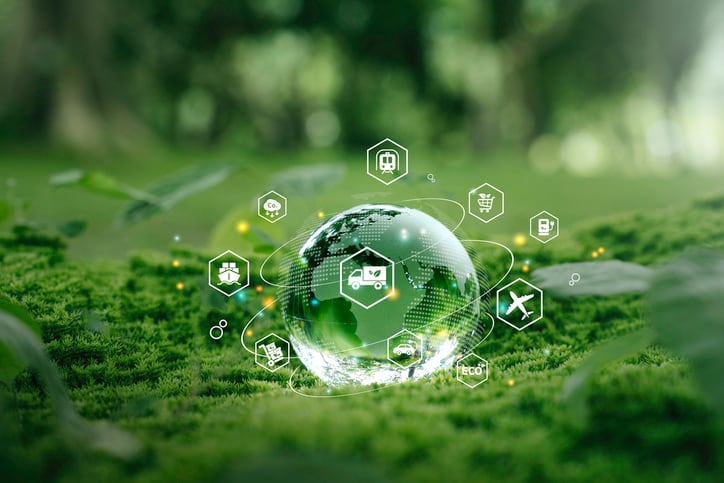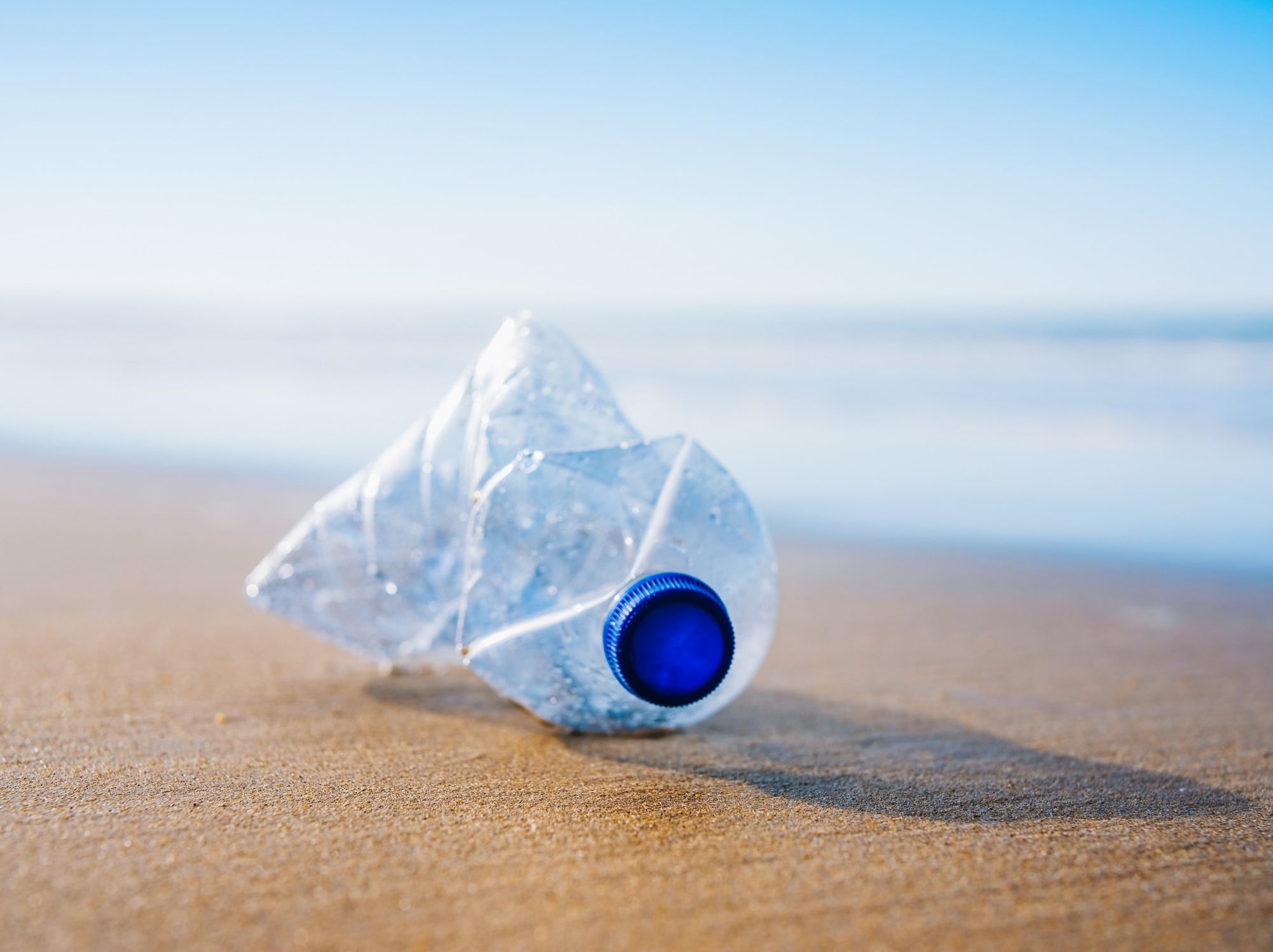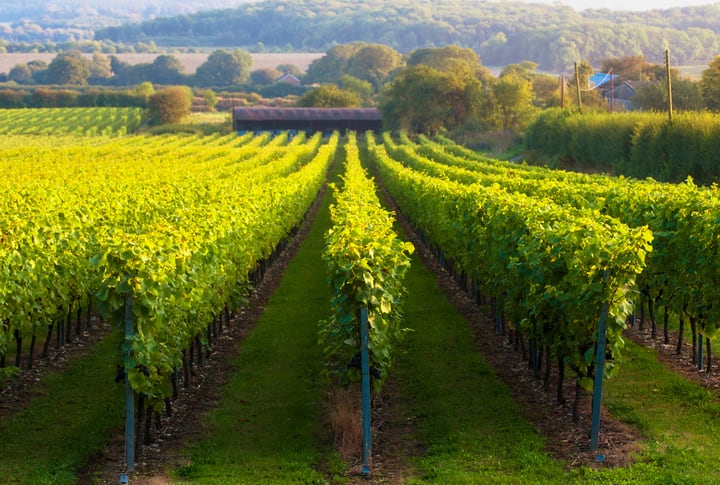Sustainability is not an easy topic to address. There’s myriad factors, many of which are interconnected and complex. And there’s rarely an easy solution.
And yet, little by little, innovators are rising to the challenge and revolutionizing the industry with new ideas. R&D is exciting, and there’s plenty of new ideas to share: the ones that stand out are the ones with the potential to drive change on mass.
For a long time, driving forward sustainability initiatives was about doing ‘the right thing’. Then, it became increasingly obvious that it was something that consumers wanted: increasingly turning to products with eco-friendly claims.
But in 2025, another driving force is emerging with increasing power. Governments are taking action: and legislation is emerging around the globe. Investors and stakeholders, too, are increasingly calling for action from companies. And what’s more, they want meaningful and measurable change: on high alert for ‘greenwashing’.
What are the top areas for action across beverages?
Carbon footprint and greenhouse gas emissions
The food and drink industry altogether contributes up to 37% of GHG emissions.
In the beverage industry, emissions come from across the supply chain: from production to packaging to transportation.
Companies have made leaps and strides in addressing Scope 1 and 2 emissions. But scope 3 – those from the broader value chain – are much more complicated: and can account for some 90% of a company’s total emissions.
Can production processes be made more energy efficient? Can energy from renewable sources be used instead of fossil fuels? Can sourcing locally cut transportation emissions? The answer to all of these is questions is yes: and companies are increasingly adjusting their processes to cut emissions. But it’s a journey that requires investment and planning.
Liquids are expensive to transport: and that’s a difficult problem to address. But even small reductions in lightweighting can make a big difference to overall emissions.
And, not to be deterred, innovators are thinking outside the bottle.
Entrepreneurs have created beverage formats that simply don’t need bottles, cans or cartons. Waterdrop, for example, has turned the idea of beverage cubes - small, compact cubes that can be diluted at-home - into a mass market product.
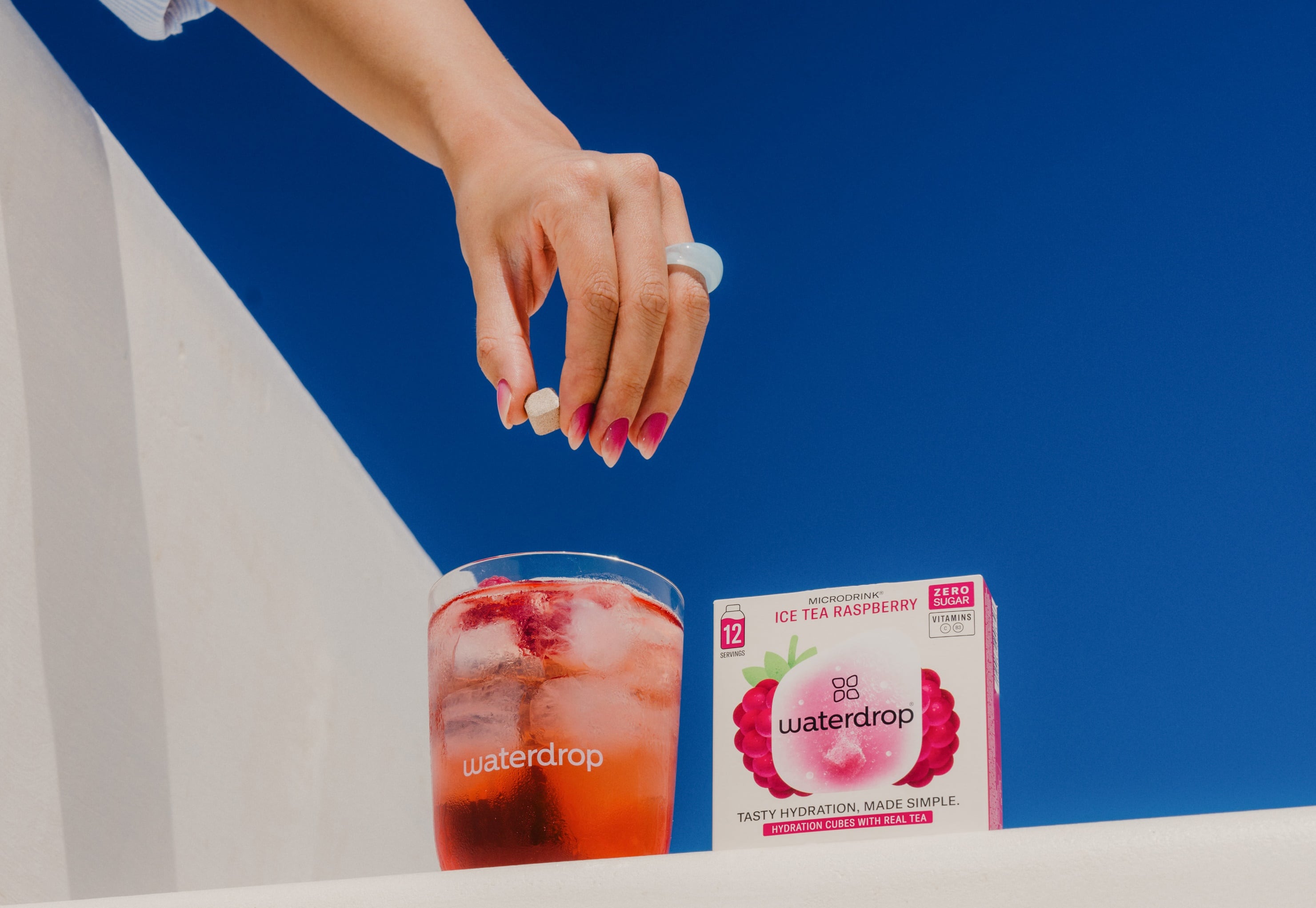
https://www.beveragedaily.com/Article/2025/07/02/powdered-hydration-drinks-continue-to-grow/, too, come in small compact forms that consumers can dilute and mix themselves. Air Up, meanwhile, creates flavor out of thin air via its scent technology.
Will these innovators change what we consider as standard beverage formats in the future?
Are you a beverage start-up putting sustainability front and center? Get in touch!
Are you a beverage start-up pioneering a new concept that can change how consumers think and drink? Or are you using new tech or new ingredients that have the promise to revolutionize the market?
Or is your brand already a sustainability success story: with insights to share about learning how to scale and grow?
We'd love to hear from you! Email: rachel.arthur@wrbm.com
Packaging and the circular economy
The beverage industry heavily relies on single-use packaging. Despite a decades-long backlash against plastic bottles, they remain ubiquitous on shelves around the globe. And despite decades of consumer education, recycling rates remain woefully low: in the US, the PET bottle collection rate is around 33%.
And yet, it doesn’t have to be that way. Germany recycles an incredible 97.6% of PET bottles: showing that it is possible to create systems that work.
More and more beverage brands are turning to aluminum cans and cartons as alternatives.
But - whether plastic, cans or cartons - recycling isn’t easy and the infrastructure isn’t always there in the right place at the right time. Relying on consumers to do the right thing hasn’t worked: sometimes because they lack the willpower to go the extra mile; but sometimes because the facilities just aren’t available.
That means there’s growing momentum towards mandating for more sustainable packaging: like the EU’s Circular Economy Package and California’s Plastic Pollution Prevention and Packaging Producer Responsibility Act (SB 54).
Meanwhile, innovators are developing new materials to help move away from plastic and offer alternative, more sustainable formats. Paper bottles - once a pipe dream - are now available on shelves across the globe.
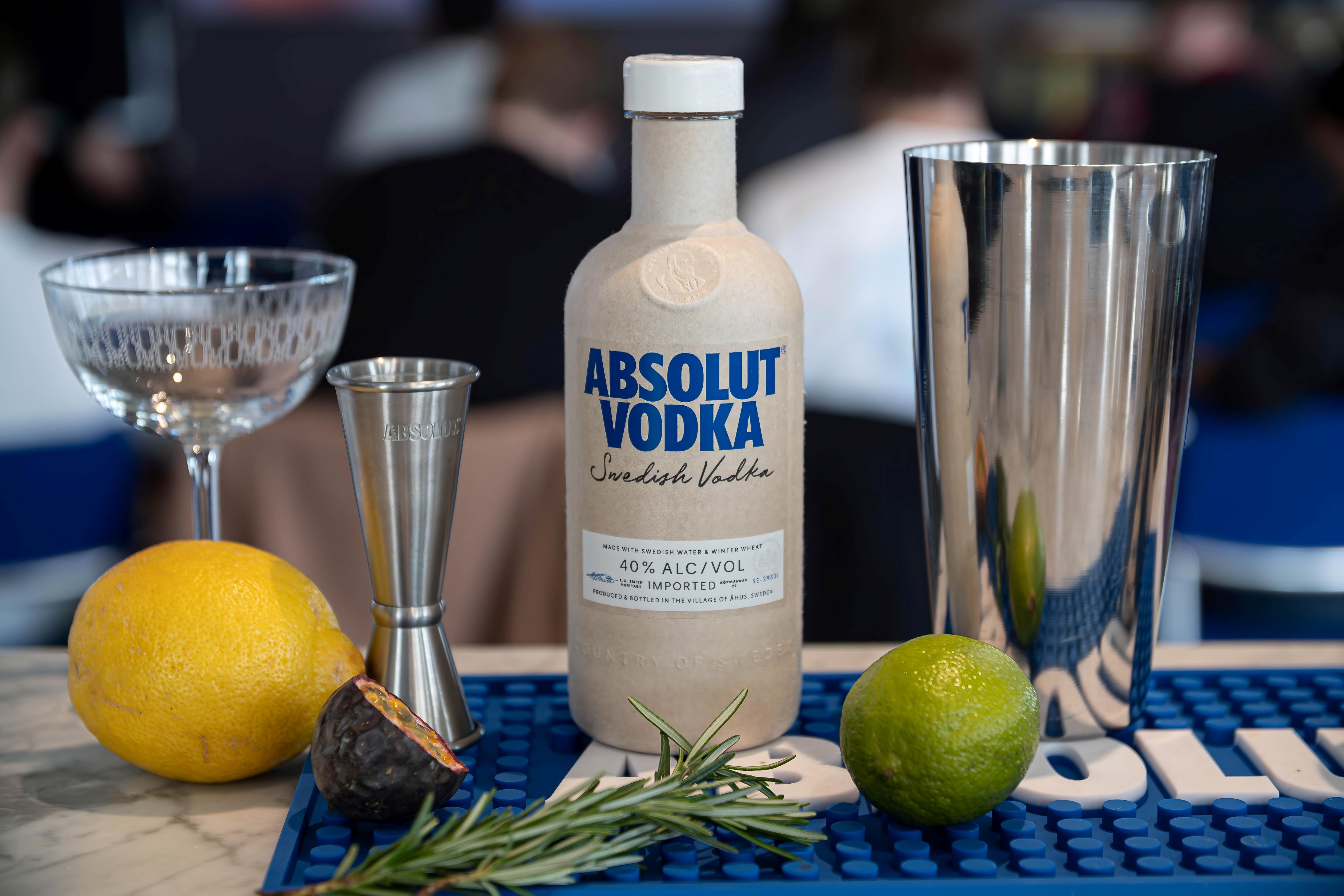
And what if we didn’t need packaging in the first place? A host of entrepreneurs are working on making refillable bottles a real alternative to single-use packaging for consumers around the world.
Ingredients, raw materials and resources
Climate change is reshaping the globe’s raw materials. Traditional wine regions could vanish alarmingly soon: but new ones could take their place. Coffee plantations are under threat: but could new regions and new species bring new coffee experience to consumers?
It’s the same story for raw materials across the beverage industry: from sugar cane to hops to barley.
What part does regenerative agriculture have to play in ensuring future supply chain security? Can agtech lend a helping hand - or even transform agriculture entirely? And what about the people who grow the crops: do they receive a fair wage and do they live and work in decent conditions?
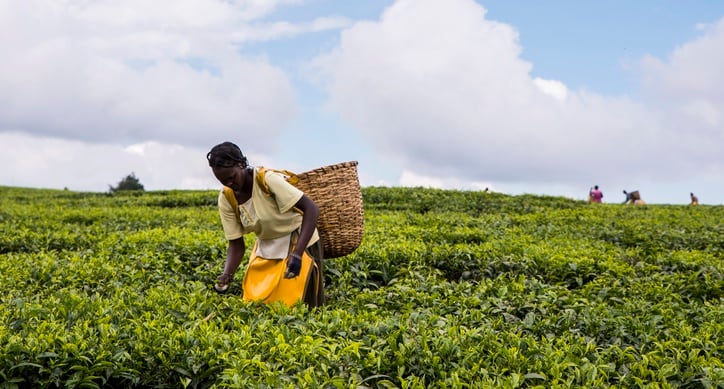
Upcycling has become an increasing focus for the beverage industry. It’s about finding value in by-products that would otherwise be wasted. For many years, cascara - the outer husk of the coffee bean - was discarded. Now, this ingredient is being recognized as a superfruit superstar: known for its antioxidants, polyphenols and natural fruity flavor. Spent coffee grounds, meanwhile, have a promising number of uses: from fertilizers to cosmetics.
Water security is another key issue. It’s a critical resource for beverage production, and its conservation is becoming a top ESG issue: especially in water-scarce regions. So companies are exploring reuse and recycling of water, both in manufacturing and agriculture.
Voting with your feet: brands and consumers
Beverage brands have a lot of choices to make. Where do they source their ingredients from? What packaging should they use? How are products transported from field to factory to distribution?
Then how do they communicate their eco-champion choices to consumers? How far does third-party certification go?
And the big question ultimately is: how much are consumers prepared to pay for products that are eco-friendly and responsible... and how much is just too much?
Sustainable September: Tell us what you think!
This month, BeverageDaily puts the spotlight on these questions - and any more - in our first-ever ‘Sustainable September’.
It’s part of a month-long initiative by BeverageDaily publisher William Reed to drive the sustainability conversation across its global portfolio of B2B media titles.
And we want to know what you think! We’ve launched a global, anonymous pulse check poll: we want to know what you think needs celebrating and where you think the challenges lie.
This short survey takes just a few minutes to complete: but will help paint the big picture of how FMCGs, suppliers, retailers and businesses across the supply chain are responding to the climate crisis.
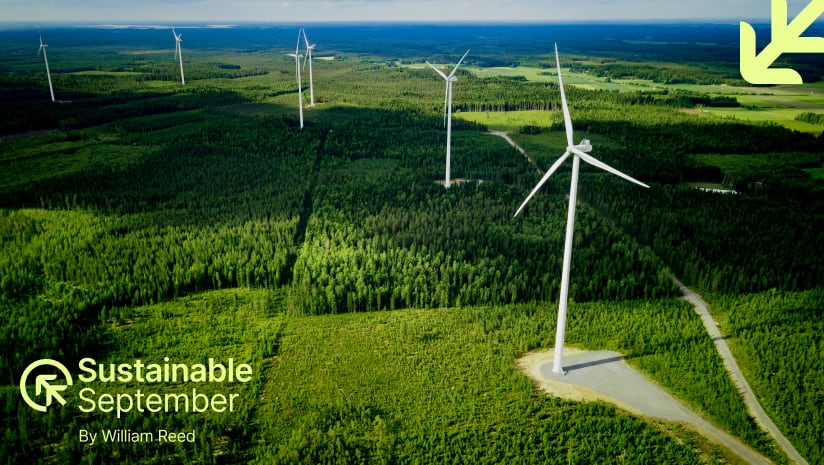
Meanwhile, look out for our deep-dive articles that go behind the scenes of the innovations, technologies and people that are driving change across the industry.
And you can sign up here for Climate Smart Food: a carbon-neutral broadcast series on the future of food featuring insights from Heineken, ING Bank and many more besides. Hosted by BeverageDaily’s sister site FoodNavigator, sessions cover Smart Farming (September 9); Circular Processing (Sept 16) and Packaging & Labeling (Sept 23).
We want to hear what you think! Take our short, anonymous sustainability survey - and we'll make a donation to Farm Africa
Is the food and drink industry doing enough when it comes to sustainability? Where are the causes for celebration - and what are the challenges and concerns?
We want to know what you think! This short, anonymous poll will take just a couple of minutes to complete: yet your thoughts will help us take a global pulse check of what matters most as we look to shape a more sustainable future for the F&B industry.
And for every survey completed, we'll make a donation to Farm Africa: a charity that reduces poverty in eastern Africa by helping farmers grow more, sell more and protect the environment for years to come (up to a maximum amount).

